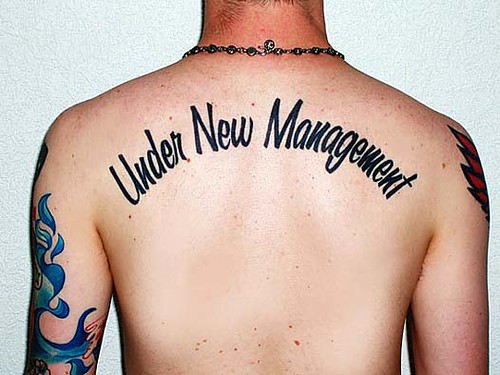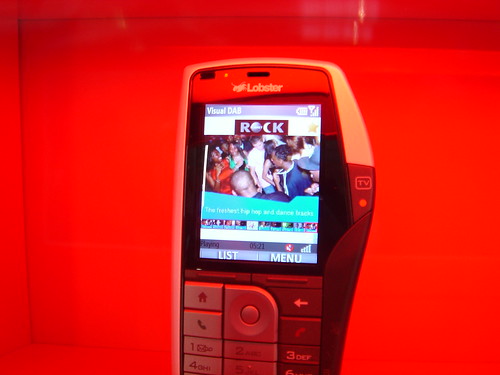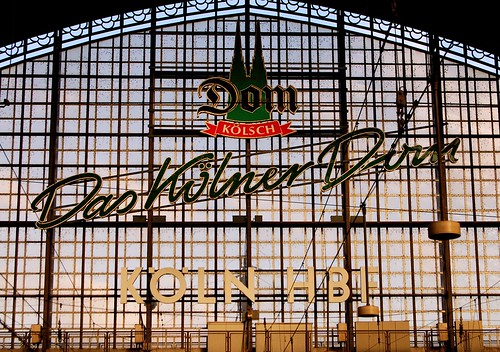
As the clock passed 17:00 without any official statement, it became clearer that the deal was almost done. At 18:30 it was confirmed by e-mail that Global Radio had made a formal offer to acquire GCap Media plc for £2.25 per share, valuing the company at £375m.
The purchase process won’t be particularly swift, as it requires a vote by shareholders to ratify, and then a period of scrutiny by the Competition Commission. The expectation is that operational transfer will take place in mid-Summer, and until then GCap will retain its own management and plans. (Mirroring the process that Arqiva is close to completing over its acquisition of National Grid Wireless).
There will doubtless be speculation about what this means for the strategy that was outlined on 11th February, and most particularly the very clear stance taken over DAB Digital Radio.
The purchase does not guarantee a clean bill of health for DAB Digital Radio. The structural problems that disturbed the management of GCap continue to exist, and cannot – indeed, should not – be ignored. That merely increases the risk of a unstructured collapse of the eco-system and economics around DAB in the UK.
As GCap starts a new financial year tomorrow, nothing has changed in terms of how much DAB is costing to transmit, and how little its potential is being used to evolve radio and the revenue that underpins it. The bills will keep rolling in, and there’s no reason why decisions to close Planet Rock or theJazz should suddenly be reversed or reviewed.
What a new ownership – an ownership in private hands, and away from the demands of institutional shareholders – should bring is an ability to look beyond the bills of this month and next month, and commit to approaching development of DAB (and other new platforms) on a new basis. We have learnt so much in the last 9 years about what’s good and not good about the current strategy; now is the opportunity, with most of the commercial radio industry in private hands, to take that experience and use it to regroup and reshape the DAB plan for the UK.
To generalise, private equity investors are ruthless on reviewing costs and benefits to customers. There will be pain, and no doubt many people will speculate on “what ifs”. If the potential for DAB can be underpinned with a viable medium-term business plan, then that may justify a renewed commitment to investment. But it’s hard to see how that business plan won’t involve radical change to the existing DAB plan.
It also requires more than just Global and Bauer to commit to change. If Arqiva can’t/won’t contribute meaningfully to cost-reductions re-engineering of DAB infrastructure; if OFCOM can’t tear up the old plan and write a new one; if the BBC are unhappy with changes to DAB for local BBC radio; if receiver manufacturers and consumer electronics manufacturers can’t produce 21st century radio devices – then it’s not going to make the difference that’s required.
I continue to be positive about the potential of DAB. The market is demanding more evolved digital media experiences. Listeners want more “stuff” and more control of it. Advertisers want more compelling, effective and measurable opportunities. Consumer Electronics manufacturers want to add more and more function to devices. The industry can create “new radio”, and of all the technologies that can be used to distribute it, the only one that maintains the ubiquitous, free nature of radio is DAB.







